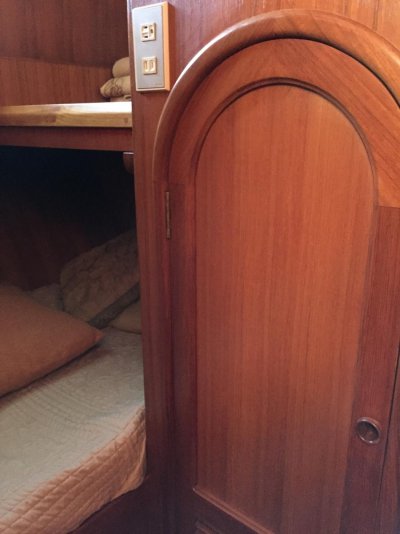34' boat with a 30A shore power service. Several AC outlet runs are solid core romex style residential wire. I'm going to replace with tinned marine wire.
For outlets, am I supposed to use 12/3 or is 14/3 AWG ok? The 14/3 will be much easier to run. I'm not sure if the outlet breaker is 15 or 20A, but the supply run from the generator to the panel is 14/3.
Main breaker on generator is 15A, single phase. Currently only one hot leg is in use, which is a topic for a future thread.
Trying to get as close to ABYC as possible, while DIY when within my ability.
Thanks
For outlets, am I supposed to use 12/3 or is 14/3 AWG ok? The 14/3 will be much easier to run. I'm not sure if the outlet breaker is 15 or 20A, but the supply run from the generator to the panel is 14/3.
Main breaker on generator is 15A, single phase. Currently only one hot leg is in use, which is a topic for a future thread.
Trying to get as close to ABYC as possible, while DIY when within my ability.
Thanks
Last edited:


